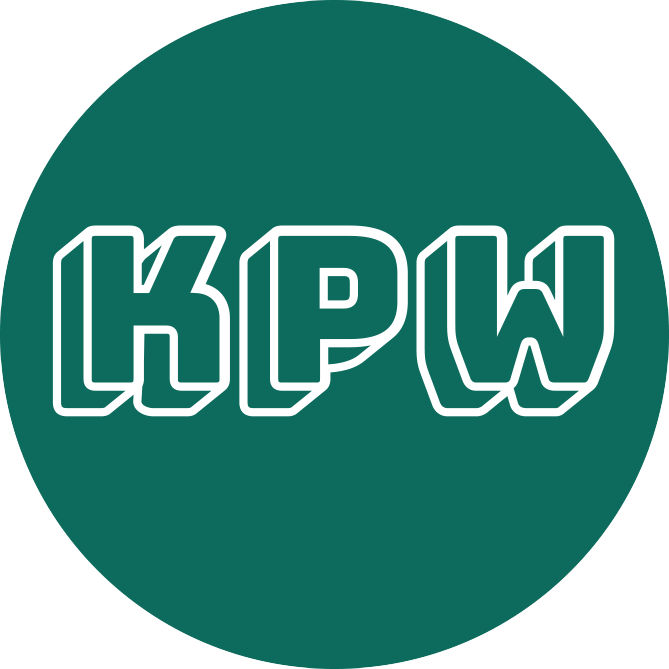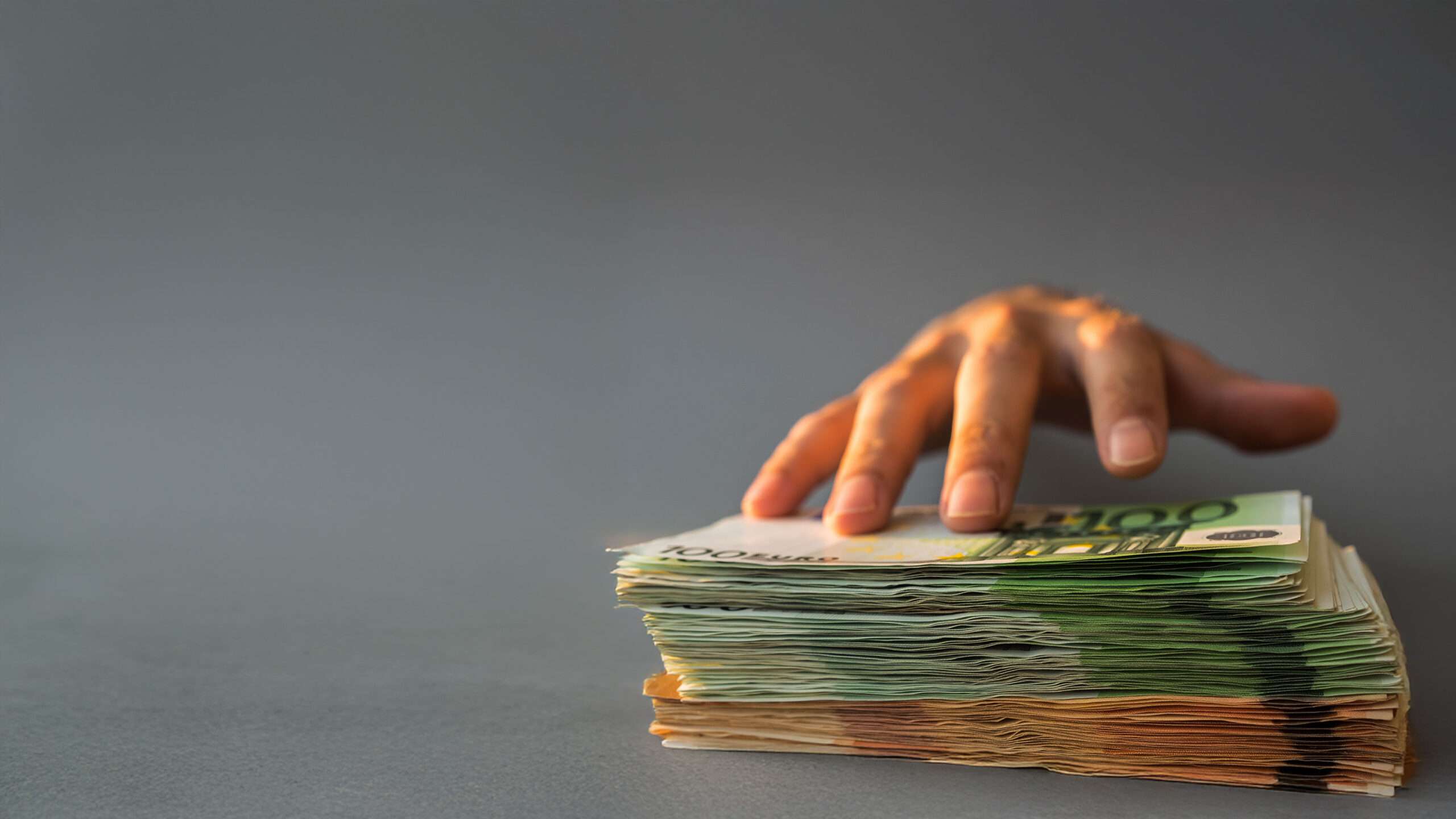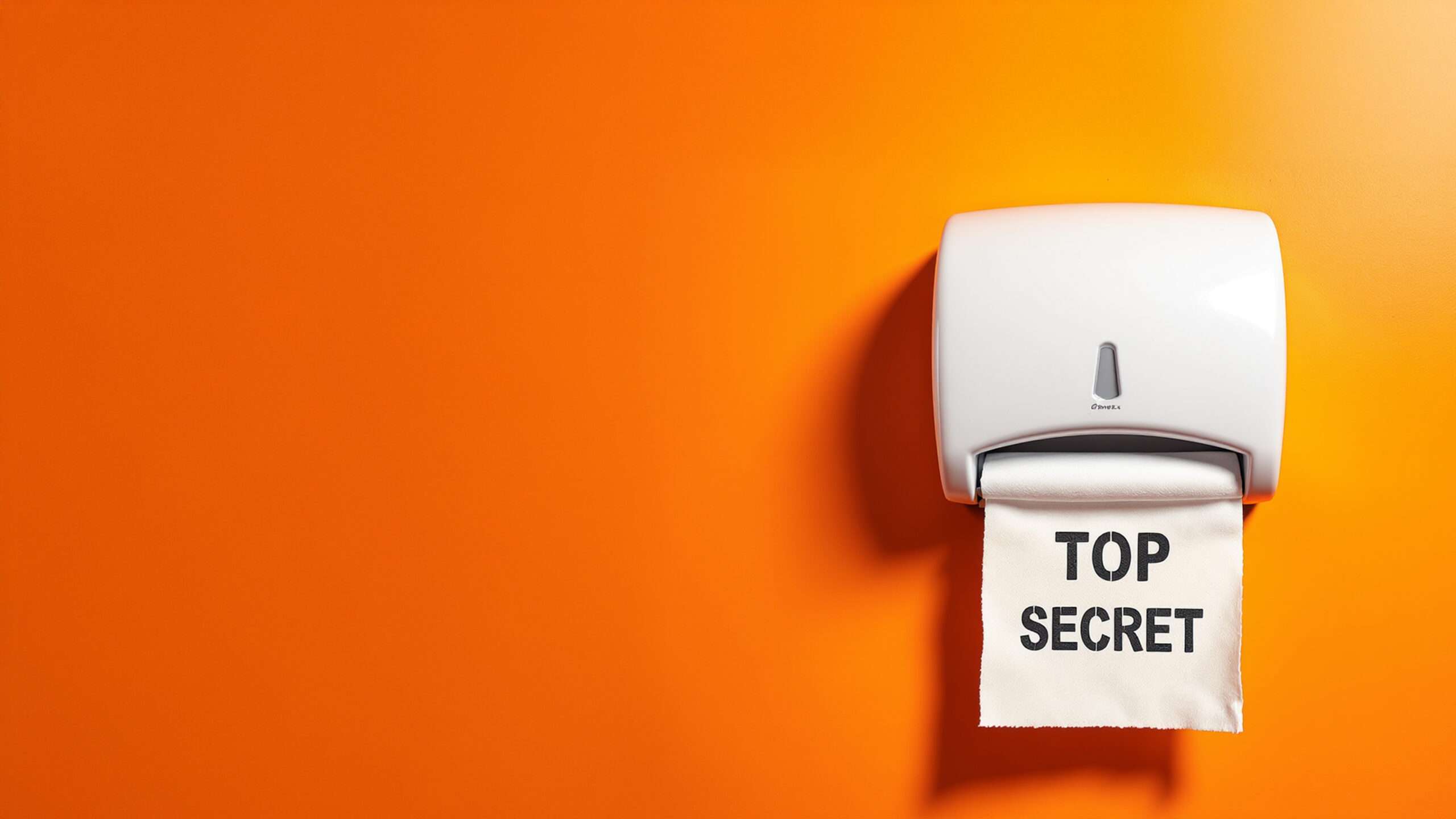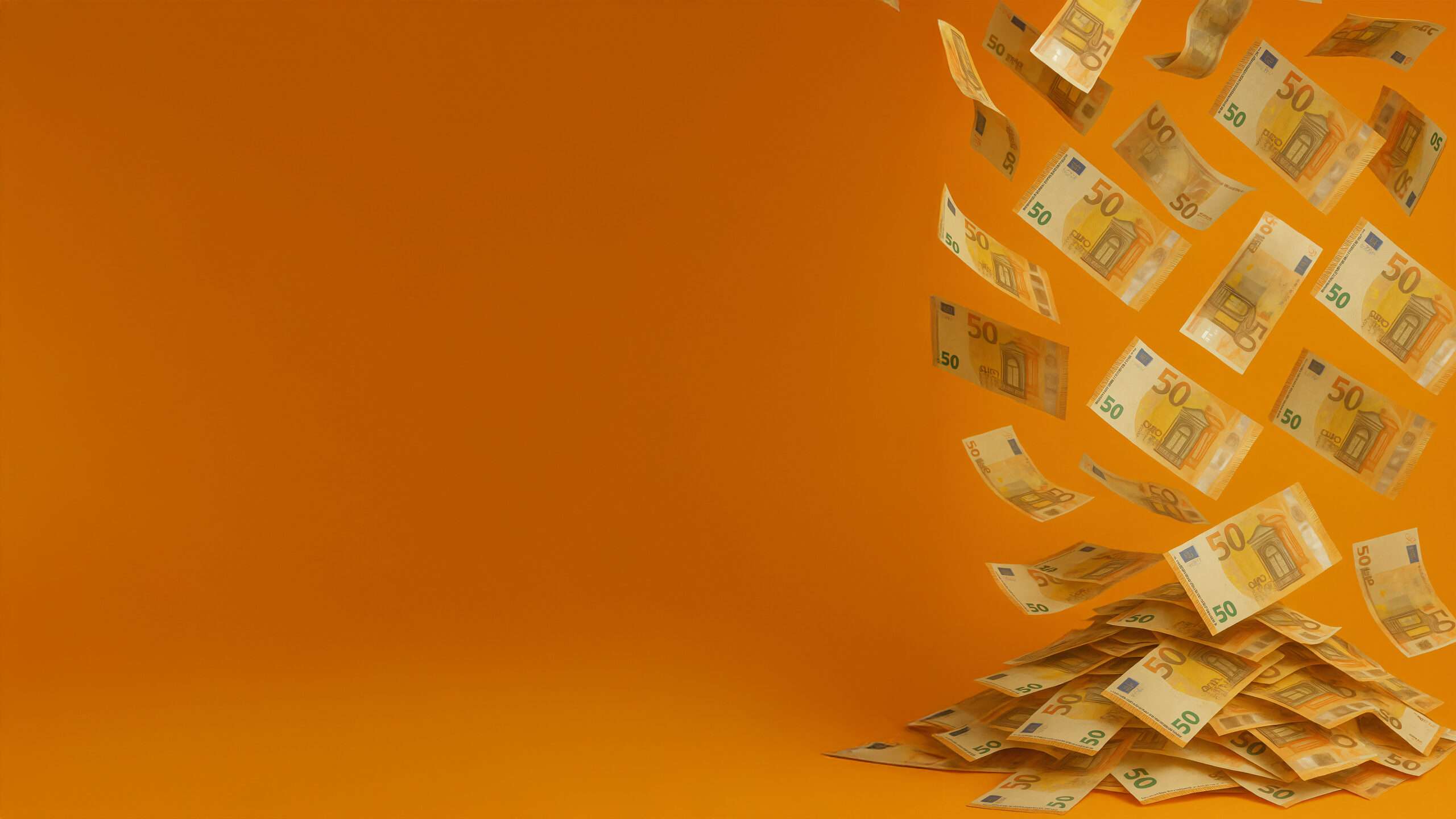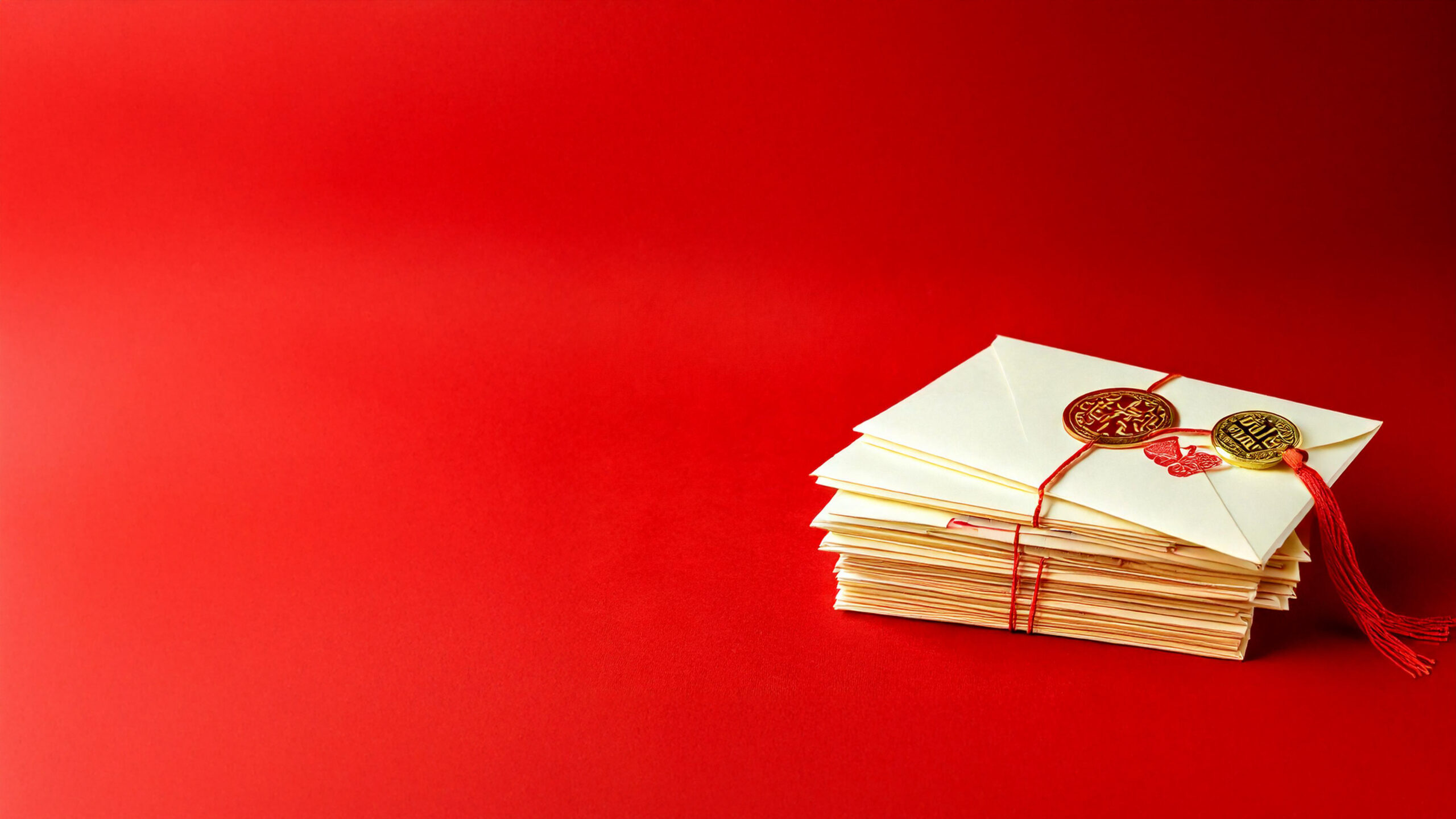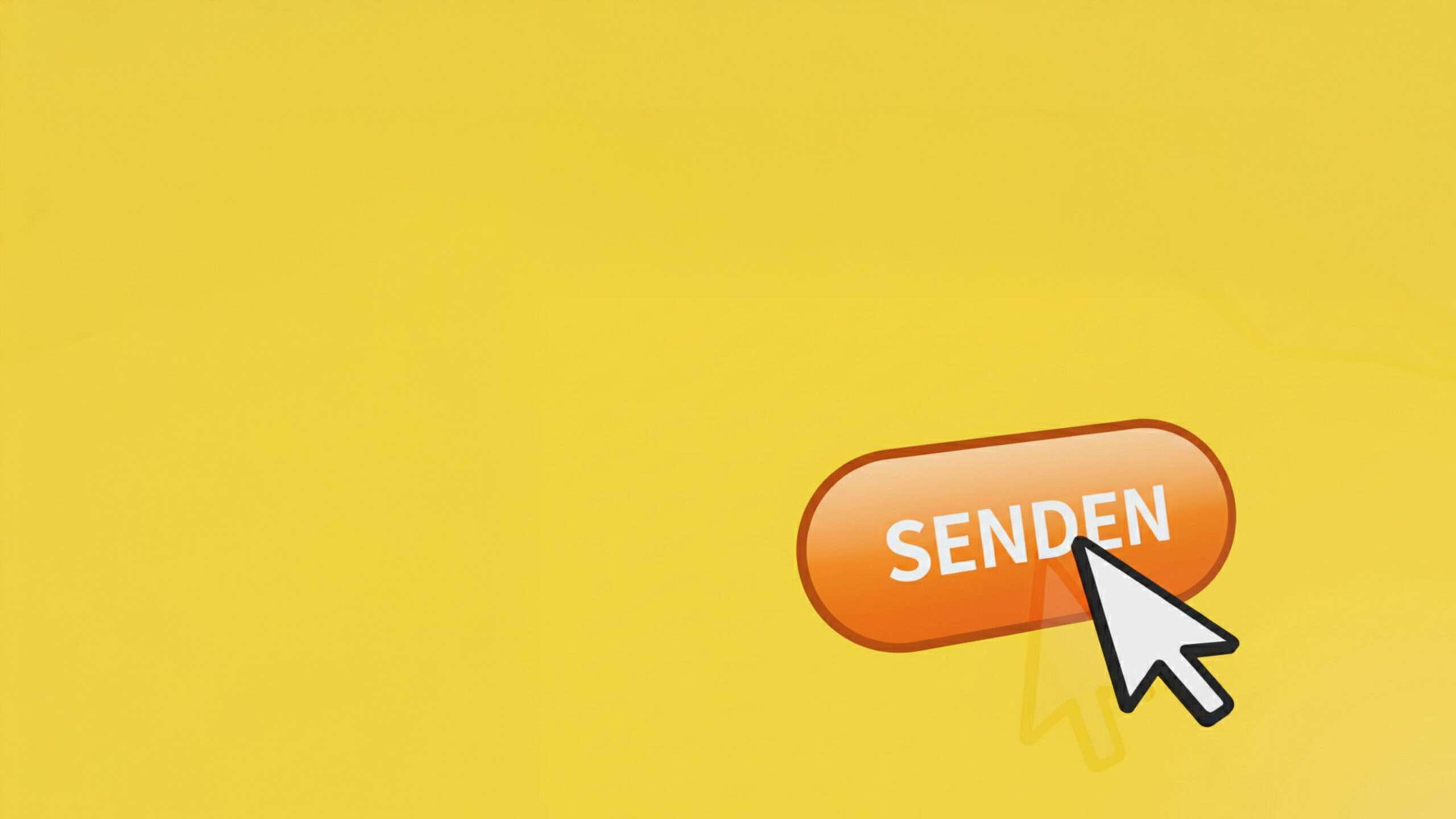
Effective
Defense in the
Patent law.
Effective
Defense in the
Patent law.
Patent disputes are often costly and have far-reaching consequences. We have a team of specialists who can provide you with competent support in the defense of patent claims. Technology area that your company .
Challenges posed by patent claims
Companies that are confronted with cease and desist letters due to utility model or patent infringements face considerable challenges. Not only do they have to overcome legal challenges in patent law, but they also have to consider the economic impact of these claims. Patent law claims are not always as clear-cut as cease and desist letters would often have you believe. Particularly in the technical field, patent infringement issues can be complex and multi-layered.
In cases involving patents and utility models, the question arises as to whether one’s own technical inventions infringe the laws of the rights holder at all. The question of whether the technical features and functions of the products or processes are sufficiently similar to justify a patent infringement is often not clear and can be interpreted in different ways. In many cases, there are therefore good arguments for successfully defending against such claims.
Even if a patent infringement is assumed, there are ways of challenging the validity of older patents, for example on the grounds of lack of novelty or inventive step. In this way, patent claims can be deprived of their legal basis and the enforceability of the claims can be called into question.
Patent claims
If you receive a cease and desist letter under utility model or patent law or are already involved in a legal dispute in court, the following claims are usually asserted:
- Injunctive relief:
The purpose of injunctive relief is to effectively prevent further acts of infringement. The infringer must refrain from using the technical invention covered by the patent in the future. This claim is fulfilled out of court by submitting a cease-and-desist declaration with a penalty clause. - Removal claim:
The removal claim serves to eliminate existing infringements of rights or their consequences. The infringer must ensure that the infringement is eliminated, e.g. by recalling and destroying infringing products. - Claim for damages:
The patent proprietor can use the claim for damages to assert the damage caused by the patent infringement. This damage can be calculated in various ways, either by claiming the loss of own profit, the profit made by the infringer or a fictitious reasonable license fee. The fictitious license fees depend, among other things, on the industry, competitive situation and sales situation and range from 0.5 to 10 percent of sales. - Information and accounting claims:
The information and accounting claim serves to determine and quantify the damage and provide information about suppliers and customers who may have committed infringements. The infringer must provide detailed information on the type, scope, duration, turnover and profit from the infringement and render accounts. The infringer is obliged to provide supporting documents such as invoices, delivery bills and orders so that the information can be verified. - Destruction and recall claims:
The infringer must ensure that no further patent infringements occur and must therefore recall the products from the distribution channels and destroy them, insofar as this is necessary to eliminate the patent infringement. - Reimbursement of cease and desist letter costs:
If a justified cease and desist letter is issued, the patent proprietor can reclaim the expenses incurred – such as lawyers’ fees or costs for test purchases – from the infringer. This claim for reimbursement of costs serves to relieve the patent proprietor of the financial burden arising from the legal action.
Effects of these claims
Patent claims have far-reaching effects on companies against which patent claims are asserted. The effects can be considerable:
- Conversion costs:
If companies have to remove products from their product range due to injunctive relief and removal claims, this is usually associated with considerable costs. Products that contain a technical invention that is affected by the infringed patent must be removed from the company’s range. - Business interruptions:
A ban on the use of a certain technical invention can lead to business interruptions, especially if the technical invention concerns a solution within a complex product for which there is no alternative. - Reputational damage:
Patent disputes that become public can cause lasting damage to a company’s reputation. The same applies if commercial customers are also confronted with patent law claims. In particular, if a company is accused of deliberately infringing third-party patent rights, customer confidence can be lost. - Information and accounting:
The information that may have to be provided to the patent proprietor is very extensive and includes the disclosure of business relationships as well as the submission of invoices and other internal documents. This can have a lasting negative impact on these business relationships, especially as commercial customers can also become the focus of patent law claims and can then assert recourse claims. - Procedural costs and claims for damages:
The amount of damages is calculated on the basis of the patentee’s lost profit, the profit made by the infringer or a reasonable license fee. Depending on the constellation, considerable amounts can be incurred here, which, in the case of justified claims, are added to the cease and desist letter and procedural costs, which are also not insignificant. - Recall and destruction costs:
Companies may be obliged to recall and destroy products that have already been produced and are in circulation if they infringe patent rights. This not only leads to direct financial losses, but can also affect customer confidence.
Received a cease and desist letter?
How to react
You are best advised to
cease and desist letter!
A cease and desist letter, e.g. for infringement of competition law, industrial property rights or copyright, should always be taken seriously, as it can have considerable legal and financial consequences.
Timely and professional advice is crucial in order to minimize risks and develop the right strategy.
- Check cease and desist letter: Have the cease and desist letter legally checked. Not every cease and desist letter is justified, formally correct and abusive cease and desist letters are unlawful.
- Observe the deadline: Be sure to respond within the set deadline to avoid further legal action such as an injunction or a lawsuit.
- Check the cease-and-desist declaration: Do not sign a pre-formulated cease-and-desist declaration without legal advice. It could be too far-reaching and lead to considerable and lasting disadvantages. Once a cease-and-desist declaration has been signed, it is almost impossible to get rid of it and can result in considerable follow-up costs in the form of high contractual penalties.
- Strategy: Regardless of whether the cease and desist letter is justified or not, you should consider the right strategy for responding to the cease and desist letter with professional support. Many aspects play a role here. For example, there may be formal errors or the submission of a cease-and-desist declaration may involve incalculable risks.
How we defend our clients against patent claims
We examine whether and to what extent patent claims asserted against you actually exist. We examine all possible defenses and identify the options that make the most legal and economic sense for you. We then develop targeted strategies to defend against patent claims in the best possible way or, if a defense does not appear possible, to limit the economic consequences in the best possible way. We offer you a range of services specially tailored to the defense against patent law claims and cease and desist letters:
- Examination and analysis:
We analyze the validity of the claims asserted against you and examine whether a patent infringement has actually occurred. - Strategic advice:
Based on our analysis, we develop a tailor-made defense strategy to defend against claims in the best possible way. - Negotiation with the other party:
We take over the communication with the cease and desist letter in order to reach an out-of-court settlement and represent your interests in the best possible way. - Preparation of protective briefs:
In the event of impending interim injunctions, we prepare protective briefs in appropriate cases in order to prevent the issue of an interim injunction without an oral hearing. - Representation in court:
Should a legal dispute arise, we will represent you competently in court.
Our expertise – your advantage
Our law firm has many years of experience in litigating patent disputes in and out of court. We know the possible defense strategies to achieve the best possible economic result for you. Our specialized lawyers combine sound legal expertise with practice-oriented strategies in order to optimally resolve even complex patent law disputes. You benefit from this:
- Legal expertise:
Regular training and an intensive exchange within our professional network ensure that we are always informed about the latest developments in patent law. - Experience before courts nationwide:
We have successfully represented our clients up to the Federal Patent Court for many years. We therefore have a wealth of experience in court practice and the approach of authorities. - International network:
We have a strong international network and work with law firms worldwide to assist you with cross-border or purely foreign-related disputes. - Individual support:
We provide you with individual support and develop customized solutions that are precisely tailored to your needs and specific requirements. - Success-oriented action:
Our aim is to consistently defend ourselves against unjustified claims and to enforce the best economic solution for you in the event of justified claims.
Questions on the topic?
We are happy
to advise you on
Patent law!
Our services
